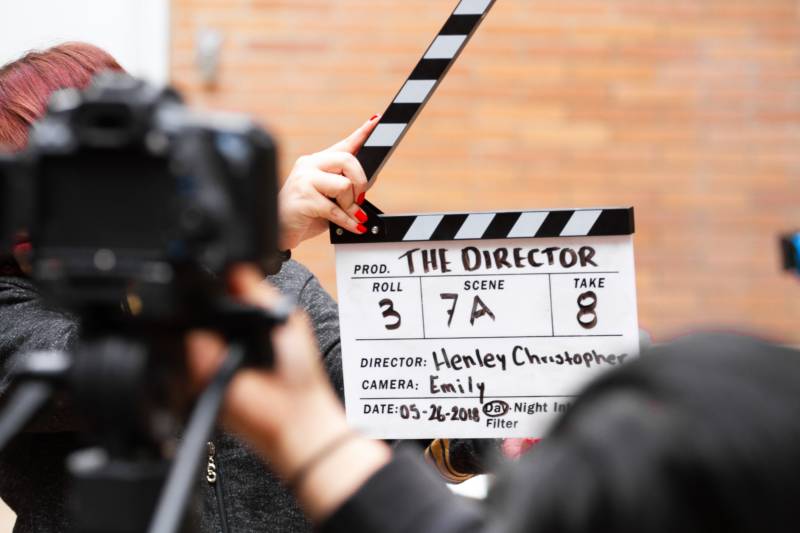“Mr. Chang, who stole your bathroom pass?!”
Under normal circumstances, when you hear a comment like that from high school students who you have not had in your class, it may be an indication of poor classroom management. However, when you deliberately misplace your classroom pass and redesign a chemistry lab so that your students can apply scientific principles to solve the mystery, and when you collaborate with the video production teacher to have the mystery broadcast to the whole school, what you have in this case is an engaged, authentic audience of high schoolers badgering you about your bathroom pass.
The idea above started with a simple question: How do I make reaction matrices and identifying unknowns in a chemical reaction fun for my students? In my students’ terms, how do I make my assignment more “lit”? I started with a scenario that any student at Workman High School would be familiar with: a missing bathroom pass. Students had to develop a claim, design their own reaction matrix and construct an explanation of their results in the form of an NSTA Argumentation Chart. The first time I ran this lab using the “missing bathroom pass” as our example, students met the lesson objectives (that fit with the NGSS Science and Engineering Practice of constructing explanations), completed their argumentation chart and were able to solve the mystery. However, it missed a “so what” component, a payoff that students who solved the mystery could share with their peers who hadn’t taken chemistry class.
The next semester, I ran the same lab again, but this time our video production instructor allowed me to collaborate with him to develop a segment for “Lobovision,” the weekly broadcast all students watch during homeroom. I selected four students who were in my chemistry class and were also in video production, gave them a loose script to follow and let them create two videos. The first video highlighted the missing bathroom pass, which was shown at the beginning of the week when we begin our lab. The second video highlighted how we identified who “stole the bathroom pass,” which was shown the following Monday after completing the lab in class. Through this activity the students who participated not only met the NGSS Science and Engineering Practice of communicating their scientific findings, they were also able to do so to an authentic audience, some of whom were so engaged that they came to offer me their ideas as to who stole my bathroom pass even though they weren’t part of my class!
The first video segment produced by Mr. Chang’s students.
